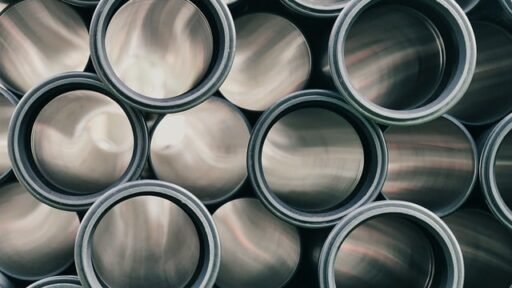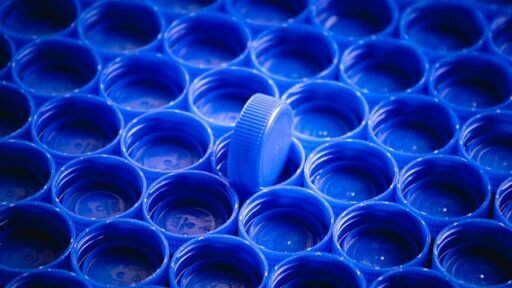## Level Up Your Products: A Guide to Increasing Plastic Durability
Plastic products are everywhere. From the phone in your hand to the components in your car, plastics offer versatility and affordability that few materials can match. However, their reputation for fragility and environmental persistence leaves some manufacturers and consumers feeling conflicted.
The good news? Durability doesn’t have to come at the cost of innovation. By understanding the factors that influence plastic’s lifespan and employing smart design and manufacturing techniques, we can create products that are both high-performing and longer-lasting.
### Material Selection: The Foundation of Durability
Choosing the right plastic for the job is the first and most crucial step in enhancing durability.
#### ## Understanding Polymer Properties
Not all plastics are created equal. Each polymer type boasts a unique set of characteristics that dictate its strength, flexibility, and resistance to environmental factors.
**Think of it like this:** You wouldn’t use paper to build a bridge, would you? Similarly, selecting a plastic ill-suited for its intended application is a recipe for premature failure.
Let’s break down some common polymer options and their strengths:
* **Polycarbonate (PC):** Known for its exceptional impact resistance and transparency, PC is a top contender for safety glasses, electronics casings, and even bulletproof glass.
* **Acrylonitrile Butadiene Styrene (ABS):** This versatile plastic offers a balance of strength, rigidity, and chemical resistance, making it ideal for LEGO bricks, computer parts, and musical instruments.
* **Polyethylene (PE):** Available in high-density (HDPE) and low-density (LDPE) forms, PE is valued for its moisture resistance and impact strength. You’ll find it in everything from milk jugs and shampoo bottles to pipes and playground equipment.
* **Polypropylene (PP):** Similar to PE but with higher heat resistance, PP is a popular choice for food containers, medical devices, and automotive parts.
**Pro Tip:** When selecting a plastic, consider the specific demands of the application. Will it be exposed to sunlight? Extreme temperatures? Chemicals? Understanding these factors will guide you towards the most durable option.
**Image: A side-by-side comparison of common plastic types and their properties.**
#### ## Beyond the Base: Additives and Reinforcements
Boosting durability often involves looking beyond the base polymer. Additives and reinforcements act like hidden superheroes, enhancing the material’s inherent properties.
* **UV Stabilizers:** Just like our skin, plastics are susceptible to damage from the sun’s ultraviolet rays. UV stabilizers act as a shield, preventing discoloration, cracking, and loss of strength.
* **Antioxidants:** Oxidation is a natural process that can lead to plastic degradation over time. Antioxidants slow down this process, extending the material’s lifespan.
* **Flame Retard







